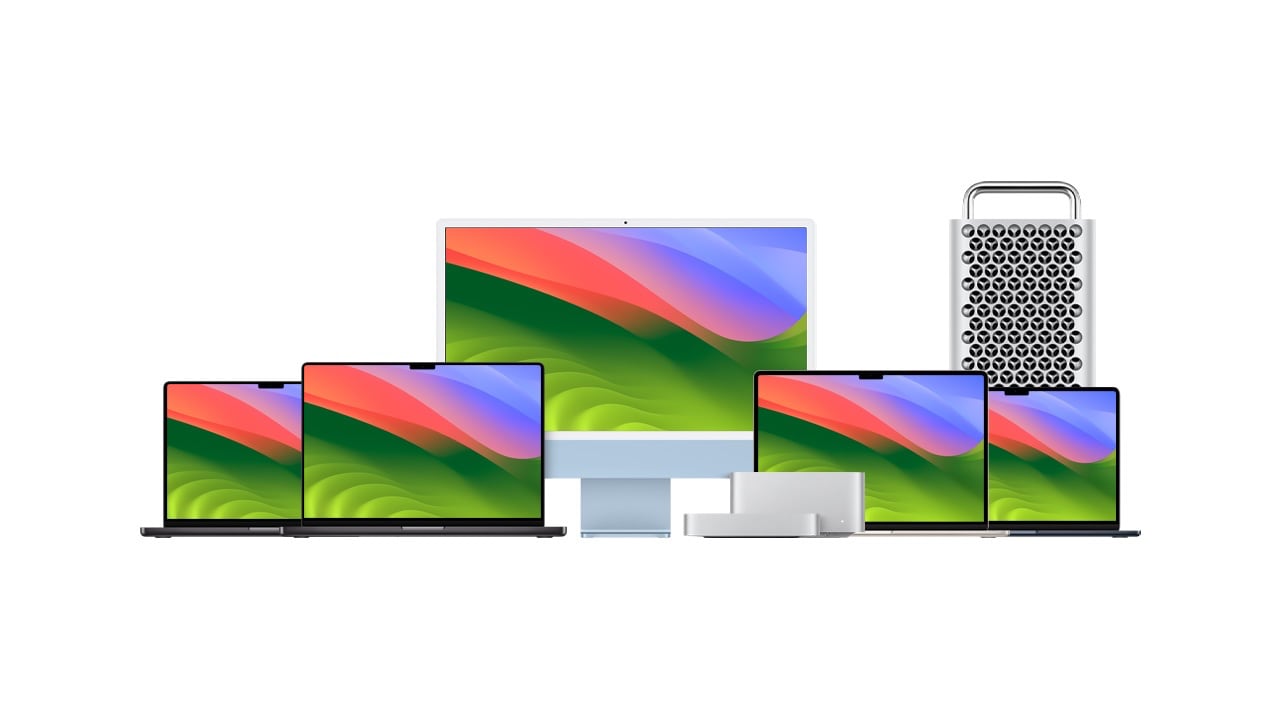
Apple released new Macs powered by the cutting edge, 3nm M3 SoC (system on a chip) right before Halloween. The technology represents a giant leap forward for Apple’s silicon chips, but what’s coming next?
With the 3nm technology now out in the world, Apple can next unleash the M4 and beyond. It’s fairly obvious that Apple will continue making their chips faster and more energy efficient. And as a quick aside, I’m still grateful to be rid of a powerful yet loud Intel iMac I used for years. The fans would kick on during anything from rendering video to a simple Zoom call with a client. I don’t have those issues with my Mac Studio.
According to TSMC (via Computer World), Apple is working on 2nm chips by 2025. Keep in mind that IBM introduced 2nm chips back in May 2021. But just because the technology may be available in two years, it doesn’t mean the M4 could feature it. It might be a safer bet that it’ll appear in the M5 or M6.
Apple is also rumored to be overhauling the MacBook Pro and introducing OLED displays, set to land in 2026 (hat tip: 9to5Mac). An M4 or M5 could be powering such a new laptop. Current MacBook Pros feature mini-LED (Liquid Retina XDR), while the OLED iPad is rumored to debut in 2024.
New M3 Macs, no 27-inch iMac or 13-inch MacBook Pro
Apple’s first order of business following the M3 announcement was discontinuing the 13-inch MacBook Pro with Touch Bar and only selling 14–and 16-inch models with an M3, M3 Pro, or M3 Max option. And, of course, it finally updated the aging 24-inch iMac from M1 to M3.
Apple also took the somewhat unprecedented route of telling us that there won’t be a 27-inch iMac, which is something that quite a few users have been hoping for since the 24-inch iMac debuted in 2021. Unfortunately, it’s not to be. The Mac Studio with an M2 Max or M2 Ultra, or the Mac Pro with M2 Ultra, plus a monitor, is where Apple is at as far as higher-end desktops go.
Of course, there is the 32-inch iMac rumor, with Mark Gurman (via MacRumors) saying it was being tested back in July 2023 with a possible release in 2024 or 2025. But does Apple's announcement of no 27-inch iMac mean no 32-inch, either? That's a possibility.
Speaking of the Mac Studio and Mac Pro, both were refreshed with high-end M2 Ultra chips during the summer of 2023, and the Mac Studio got an M2 Max. The Mac Studio saw an update cycle of roughly 1.25 years, so the Mac Studio should see an update by next summer or fall. The Mac Pro may also see an update in 2024 with M3 Ultra chips and, maybe, the rumored Extreme chips that Apple deemed too expensive.
It's a safe bet that the remaining Macs will see M3 updates in 2024, including the MacBook Air and Mac mini. While the iMac skipped the M2 upgrade cycle, it makes sense for Apple to get all their desktops and laptops on this new, faster 3nm chip design.
When to upgrade?
One of the biggest questions is, "When should I upgrade?" If your Mac is running well, Intel or M1/M2, and your speeds aren't hampering your work, stick with it. However, suppose rendering times are getting slower, or it's harder to work in programs like Photoshop, Final Cut Pro, DaVinci Resolve, or a VFX program. In that case, consider updating to one of the new MacBook Pros or iMac. Which one — M3, M3 Pro, or M3 Max — depends on your workflow and deadlines.
I'm using a three-year-old 13-inch MacBook Pro M1 (base model) that has handled, relatively well, everything from working on HD and 4K video, Photoshop, calculating massive amounts of data in Excel, and simple tasks (writing, email, internet, etc.).
However, my Mac Studio M1 Max (base model) handles every single one of those tasks infinitely faster. If you're dealing with tight deadlines, consider an M3 Max; an M3 Pro may be fine, but paying a little extra for the Max option is a better idea. If you can wait until 2024, there very well could be an M3 Max and M3 Ultra Mac Studio and Mac Pro.
Tags: Technology


Comments